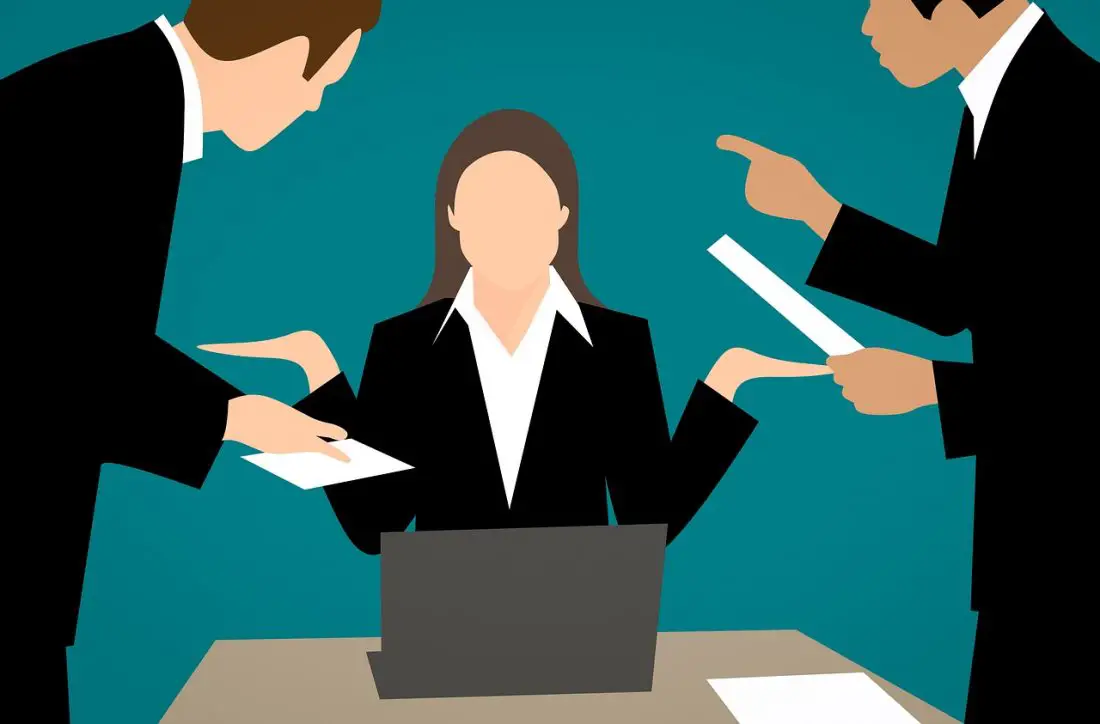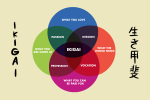How many times a day do you work on just one thing? It’s difficult, for me, to answer this question. I know that when I open my laptop, it’s game over. I’ll be reading over a long article while checking my Twitter feed, occasionally opening Spotify to change playlists or playing a TV show in the background to “relax.” Maybe I’m falling down an internet rabbit hole and intermittently checking out 35 different tabs. Of course, I’m peppering the process with some quick emails or messages sent from my phone. You get the idea.
Here’s the thing: Distraction is baked into our online lives. When we use a phone or computer, it’s nearly impossible to work on a single thing — and that’s the point. Nobody would want a computer that can only open one program at a time. This is how we end up with tabs, windows, picture-in-picture and so on. All these features aren’t negative, but they predispose us to break off our attention into tiny shards — essentially, multitasking.
At some point in the recent past, being a multitasker was a point of pride. People even put it in their resumes as a way of showing their commitment to the demands of productivity. However, a growing body of research argues otherwise. Although multitasking might give the appearance of efficiency, it actually undermines our work both in the short term and in the long term.
When we multitask, we accomplish less, and the quality of our work gets worse. Still, it’s a difficult habit to quit. I can’t think of plowing through a mountain of work without at least playing some music in the background. Likewise, it seems almost impossible to get through a Zoom meeting without glancing at the tabs on my browser. And yet, we aren’t doomed to multitasking forever; it’s a difficult habit to change, but not an impossible one.
Misconceptions Around Multitasking
First, let’s eliminate some misconceptions about multitasking, starting with its definition. Edward M. Hallowell, a psychiatrist and writer, defined multitasking as “shifting focus from one task to another in rapid succession.” That’s right: Simultaneity is only an appearance. Earl Miller, a professor of neuroscience at MIT, confirmed that our brains can focus on only one thing at a time — so when we think we’re multitasking, we’re actually just quickly shifting our focus from one thing to the other.
Our brains aren’t naturally suited to this kind of constant task-switching. This isn’t news to anyone accustomed to the mindless feeling of browsing the same five apps for hours at a time. Nor does it surprise those who can hold weightless conversations while also scrolling through infinite photos, videos, news and memes. It all feels innocuous, yet it yields consequences. As Casey Lohrenz wrote, “Toggling back and forth between tasks—even just taking thirty seconds to send a text—slows down and can even derail your mental ability for up to a full half hour afterward.”
Think about it. Instead of multitasking, which suggests a patina of productivity, we’re instead task-switching — shallowly circling around many objectives without successfully hitting any of them. Multitasking, indeed, may lower our performance by making us more susceptible to distractions in the long term.
This hints toward a slightly unsettling idea. Perhaps we’re developing some sort of inability to focus because we never focus on things. By defaulting to task-switching, we erode our ability to deeply concentrate on a topic or to actively enjoy a situation without feeling the need to direct our attention elsewhere.
How To Stop Multitasking
The first and most common advice against multitasking is prioritizing. This way, every task receives your full focus. Prioritizing also means knowing when to let some stuff go, and recognizing that you might not be able to dedicate your full mental capacity to an activity on a given day.
Prioritizing also means choosing when to multitask. For a habit so ingrained in our culture, it might be difficult to decide to stop it completely. Instead, try setting specific hours or tasks for single-task work, and save your energy for those particular times.
It’s also useful to understand which kinds of multitasking can actually be helpful. As Daniel T. Willingham wrote, multitasking sometimes serves as a trade-off of cognition and emotion. For instance: Music, the most common form of multitasking, gets added to tasks because it heightens arousal. You might get better results if you study in silence, but you may struggle to sit down and finish a set of exercises if you don’t keep some sound on. For example, I’ll likely get some work done if I put on an instrumental guitar playlist while I write, but I’ll find it difficult to concentrate if I’m listening to Taylor Swift’s latest album, and I simply can’t get anything done if I play a podcast or a YouTube video in the background as I work.
Eliminate Distractions and Get Some Rest
If you wish to get rid of all distractions, a suite of browser extensions is ready for you. If that still doesn’t help, you could try for a more traditional (and perhaps radical) approach: Turn off the Wi-Fi and leave your phone in a different room. You could also experiment with Tabless Thursdays. It’s as straightforward as it sounds. Physician James Hamblin told The Atlantic that he tries to work on a single tab every Thursday. He doesn’t open any extra tabs; once one is gone, it’s gone. This is a difficult thing to do, especially since most browsers actively encourage you to open many tabs at the same time. However, it might be useful to try it out for an hour-long study session before scaling it up.
Also, consider not working. It’s no secret that giving our brains downtime to process new intellectual input is critical for learning and thinking creatively. We perform better when given time to rest. It’s such an intrinsically obvious concept that it’s become an internet adage: Go outside. Touch some grass. (Stop multitasking.)
Most of us will fail at these habits. Perhaps we will only be able to focus for 20 minutes before drifting off to social media, or we will convince ourselves that we just need to quickly reply to an email before going back to work. That’s okay. Every time we get a new notification, our bodies emit dopamine, a chemical that brings pleasure to our brains. Multitasking is almost naturally encouraged — it’s no wonder why it’s so difficult to quit the habit. But it’s also worth the difficulty. Almost any experience can be improved by paying full attention to it. When we actively choose what is worth our attention, and we give it the appropriate portions of our time, we become closer to living the lives we want to live.
















